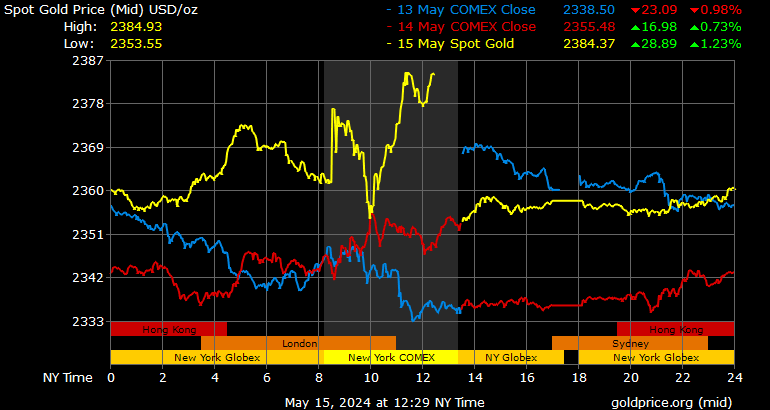Isolation
HISTORY OF CZECHOSLOVAK CURRENCY.
Already in the mid-1960s, it was clear that an urgent solution was required, especially in the area of foreign exchange, which was completely isolated from world price and financial developments by both the exchange rate regime and the strict regulation of foreign exchange conditions. Since 1953, the basis of koruna relations has been the gold content of the koruna and the measurement of the koruna with foreign currencies on the basis of gold parity, when the dollar exchange rate was set at CZK 7.20 and against the Soviet ruble at CZK 1.80. The problem necessarily arose when some states changed the designation of the gold content of their monetary unit (e.g., the Soviet Union) or abandoned the binding of their monetary unit to gold (e.g., the United States). Therefore, the so-called official exchange rate began to change. As soon as the development of prices and economic numbers in Czechoslovakia and in the world began to deviate from the assumptions on which the gold content of the koruna and its corresponding exchange rate were based, the view prevailed that the official exchange rate for domestic needs should be adjusted so that at least roughly expressed the purchasing power parity of the koruna and foreign currencies, separately in relation to the so-called socialist countries (which were represented first by the Soviet ruble, later by the so-called convertible ruble as the common international currency unit of the Council of Mutual Economic Assistance - CMEA) and in relation to to non-socialist countries (which were represented by the US dollar). The solution was adopted in 1967 by introducing an exchange rate coefficient, i.e. a supplement to the official exchange rate, referred to as the "internal reproduction price compensation - VRCV". These were internal exchange rates for the non-convertible Czechoslovak koruna.
CONTENT
- Origin of the Czechoslovak currency.
- Monetary stabilization.
- Establishment of the central bank.
- National Bank of Czechoslovakia.
- Gold reserve.
- Economic boom.
- Depression.
- The main activities of banks.
- Development of the national economy.
- Art designs.
- Czech banking system.
- The disintegration of Czechoslovakia.
- German occupation of the Czech lands.
- Currency damage caused by the occupation.
- Preparation of post-war monetary policy.
- Inflation and monetary chaos.
- Organization of monetary relations.
- Socialization of finance.
- February 1948 and central management.
- Directive management of monetary relations.
- Monetary reform of 1953.
- Central plan.
- Isolation.
- Reform efforts.
- "Standardization".
- Economic problems.
- Economic transformation.
- Changes in monetary policy management.
- Development of the koruna exchange rate.
- Development of the banking system.
- Development in 1990-1992.
- Division of the Czechoslovak Socialist Republic.
- Origin of the Czech koruna.
- Monetary policy management.
- International cooperation.
- Monetary stabilization.
- Establishment of the central bank.
- National Bank of Czechoslovakia.
- Gold reserve.
- Economic boom.
- Depression.
- The main activities of banks.
- Development of the national economy.
- Art designs.
- Czech banking system.
- The disintegration of Czechoslovakia.
- German occupation of the Czech lands.
- Currency damage caused by the occupation.
- Preparation of post-war monetary policy.
- Inflation and monetary chaos.
- Organization of monetary relations.
- Socialization of finance.
- February 1948 and central management.
- Directive management of monetary relations.
- Monetary reform of 1953.
- Central plan.
- Isolation.
- Reform efforts.
- "Standardization".
- Economic problems.
- Economic transformation.
- Changes in monetary policy management.
- Development of the koruna exchange rate.
- Development of the banking system.
- Development in 1990-1992.
- Division of the Czechoslovak Socialist Republic.
- Origin of the Czech koruna.
- Monetary policy management.
- International cooperation.
JÁ  ZLATE-SLITKY .CZ
ZLATE-SLITKY .CZ
